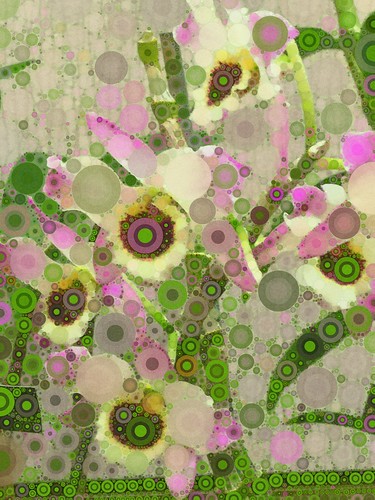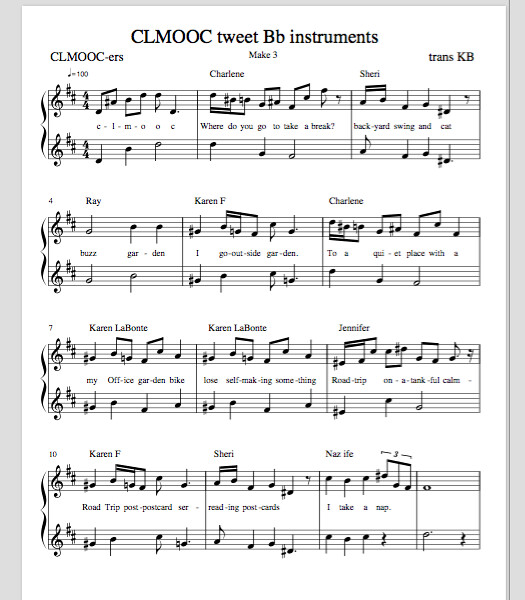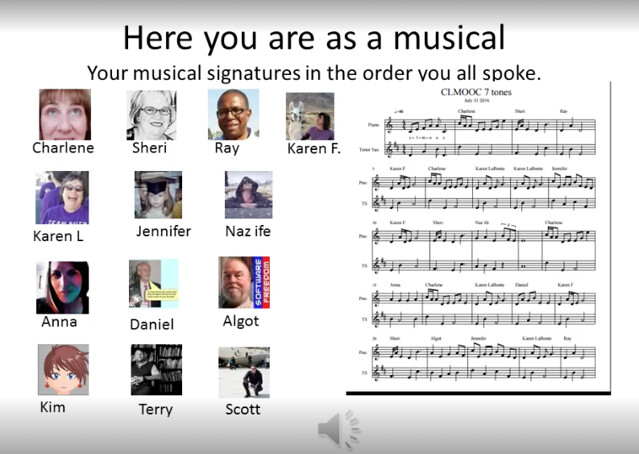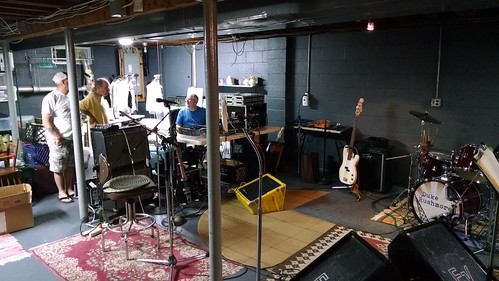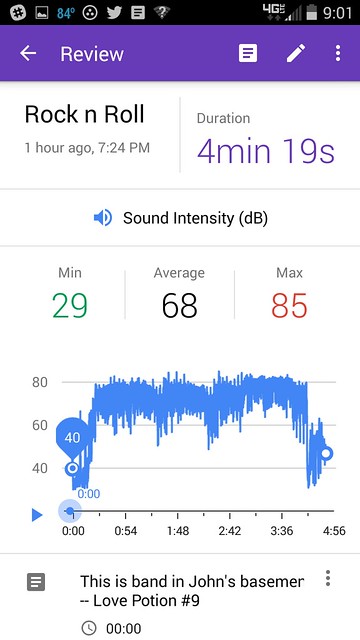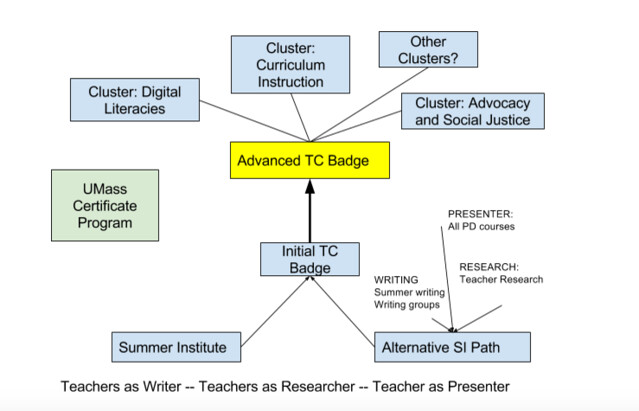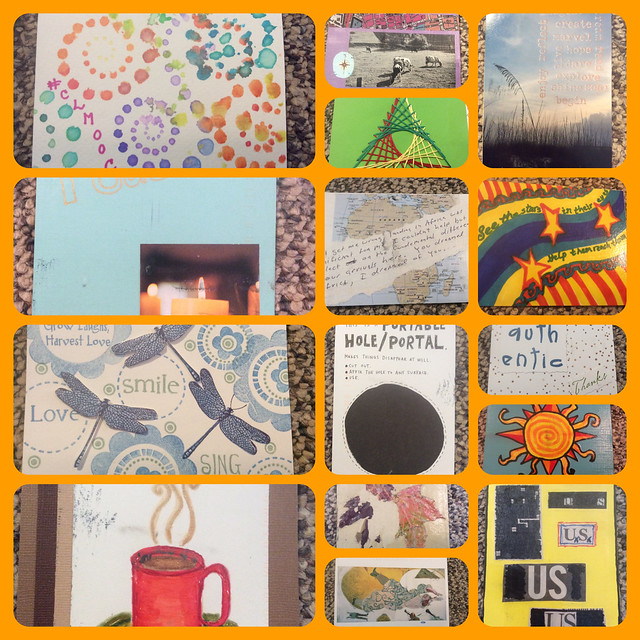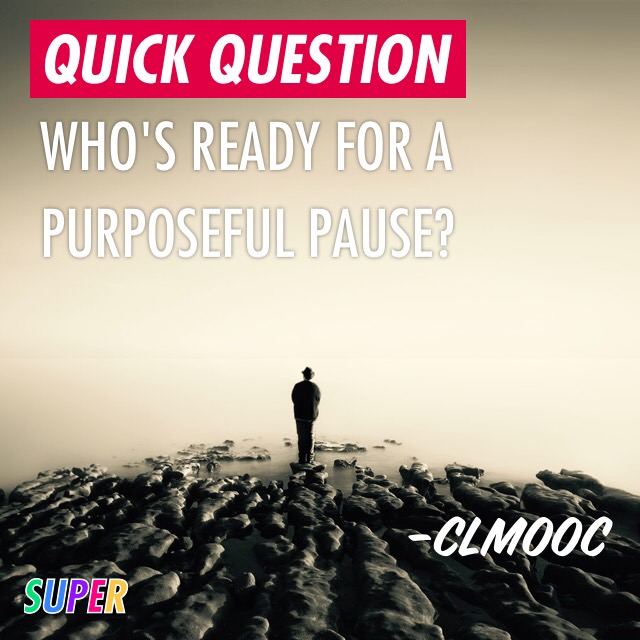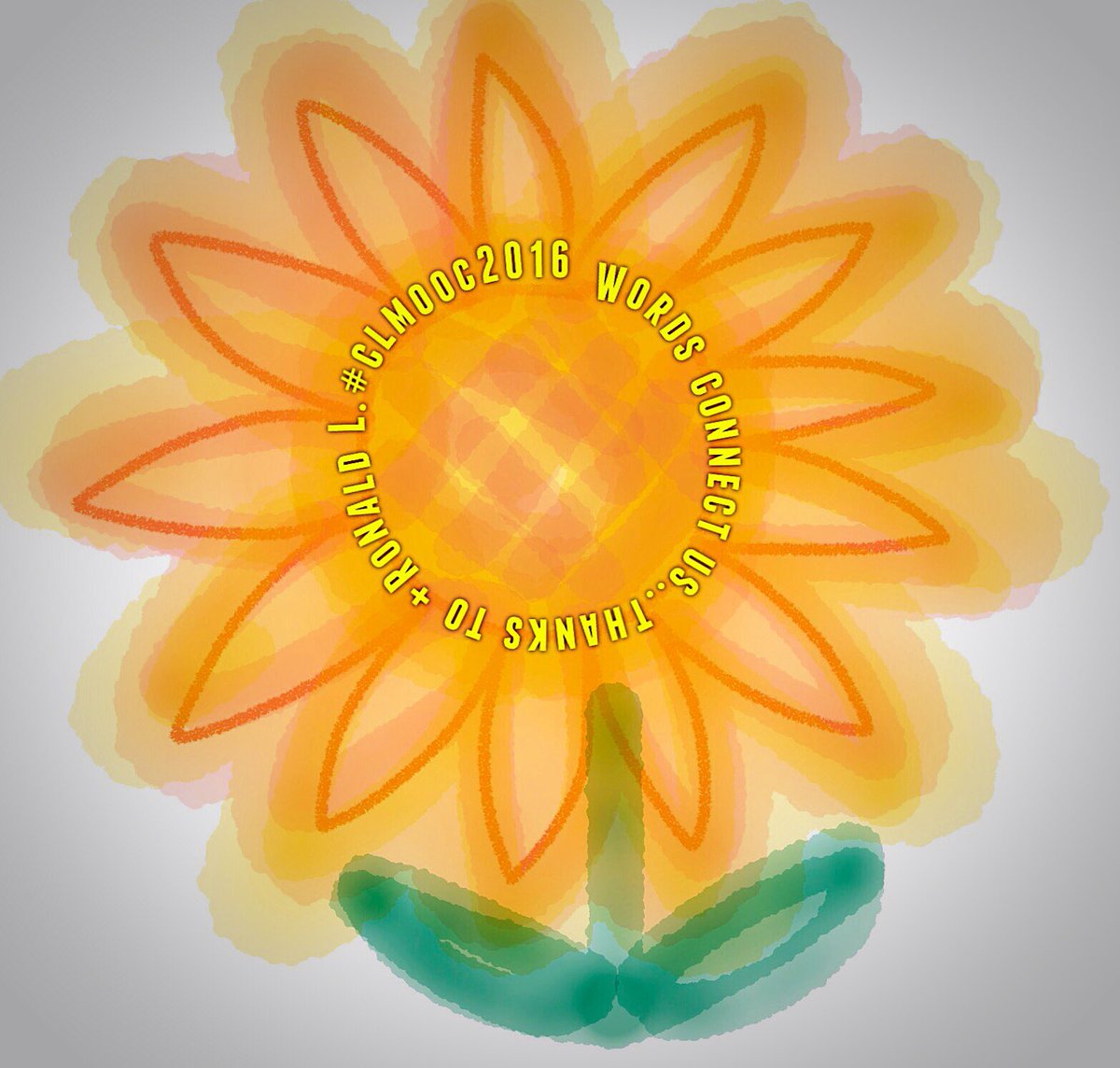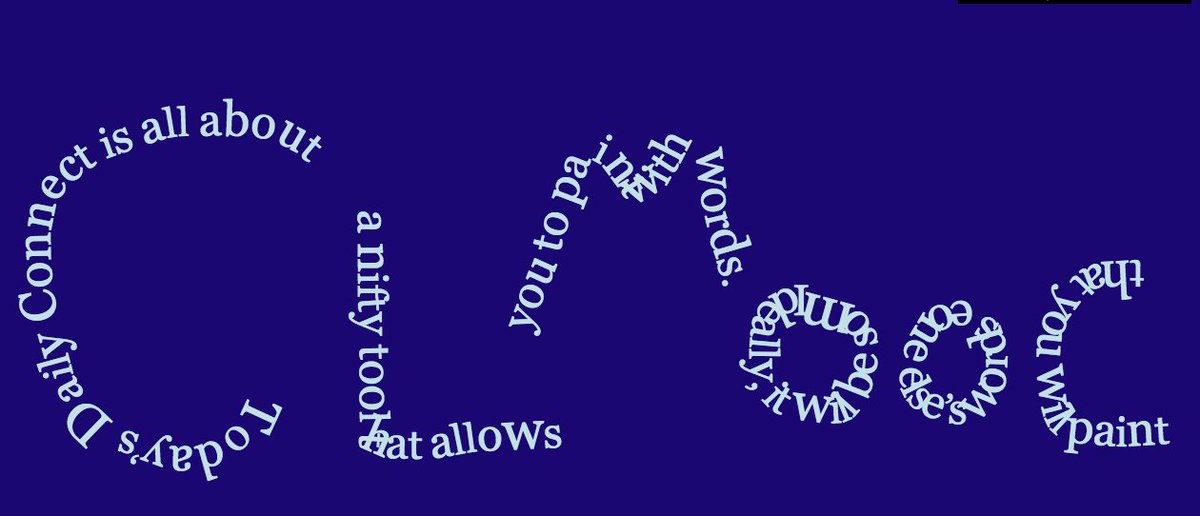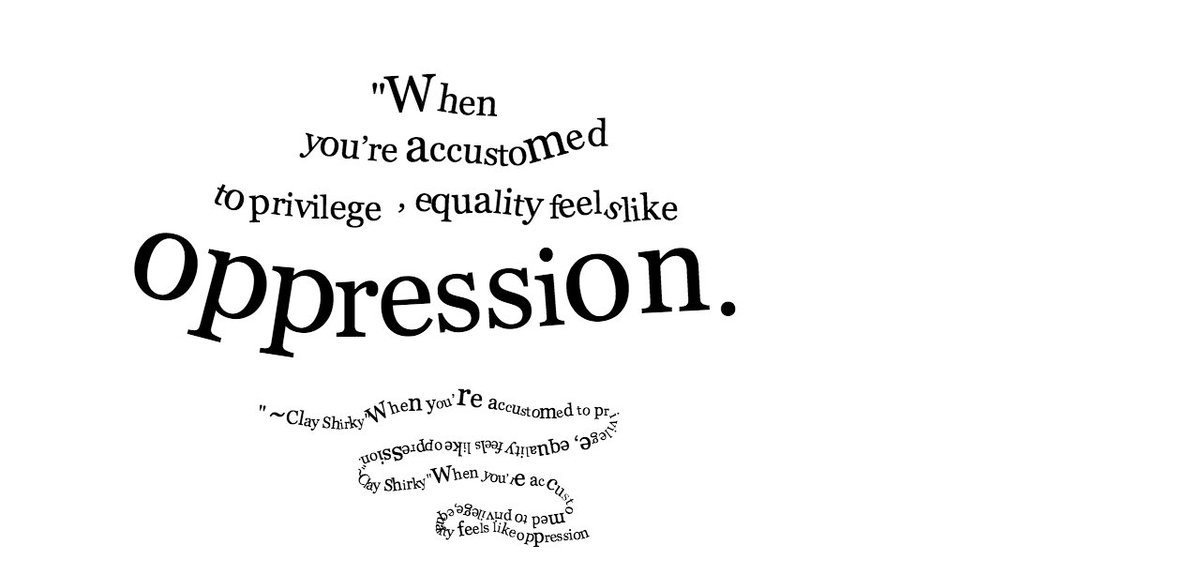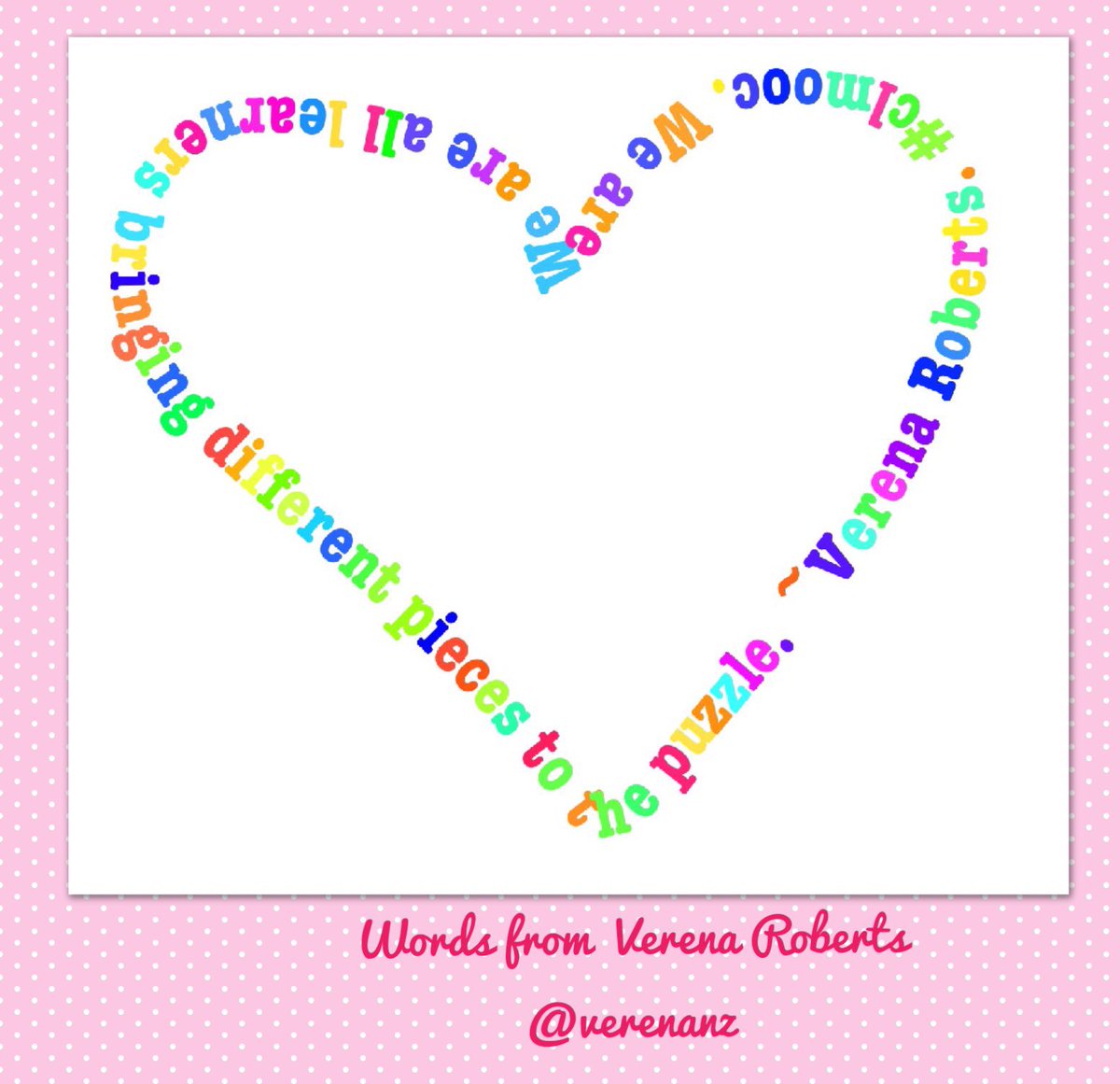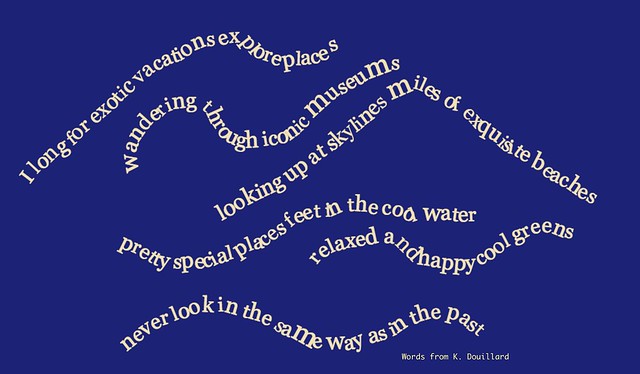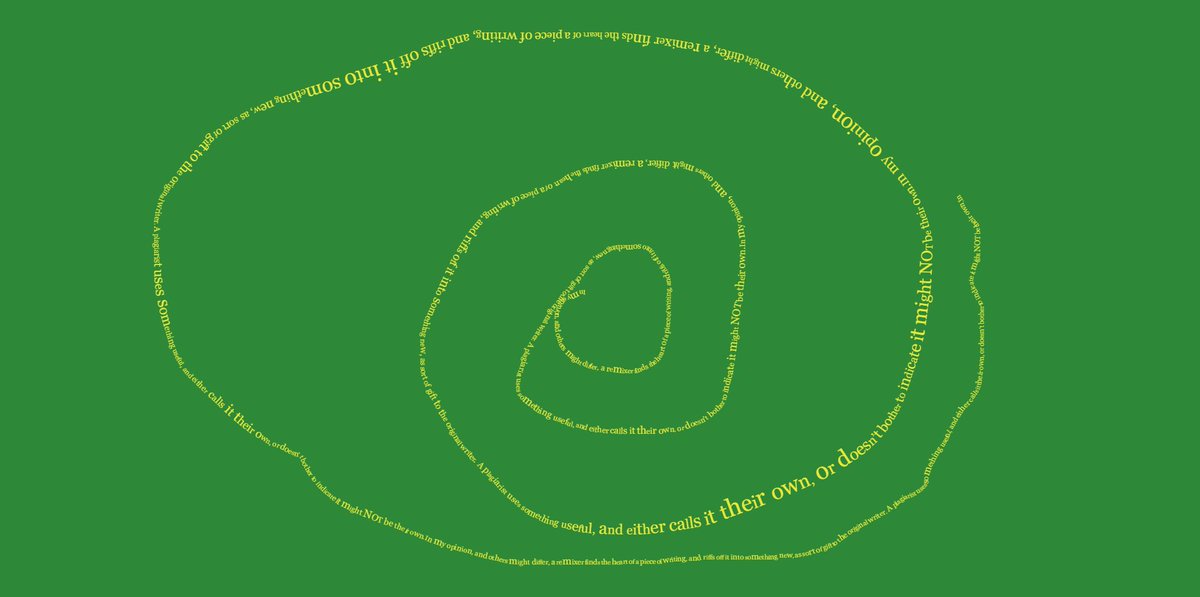
flickr photo shared by mrkrndvs under a Creative Commons ( BY-SA ) license
While the whole hubbub over M. Trump’s speech using lines from a M. Obama speech unfolded, the CLMOOC has been involved in a week of “reciprocation with generosity” – of recognizing and honoring the writing and sharing of others, with intention. Many of us have been “remixing” the work of others, taking pieces of media (writing, images, etc.) and using it to make something new that showcases the original writer.
If what we are doing is ‘remix,” then why is what happened with the Trump speech being called ‘plagiarism’? Well, I would suggest that the Trump campaign (intentionally or not) did not “remix” Obama because there was no overt recognition of the original writer (who may not even have been Obama herself, to be frank, but that’s a whole other path of discourse on political speechwriting).
In my opinion, and others might differ, a remixer finds the heart of a piece of writing, and riffs off it into something new, as sort of gift to the original writer. A plagiarist uses something useful, and either calls it their own, or doesn’t bother to indicate it might NOT be their own.
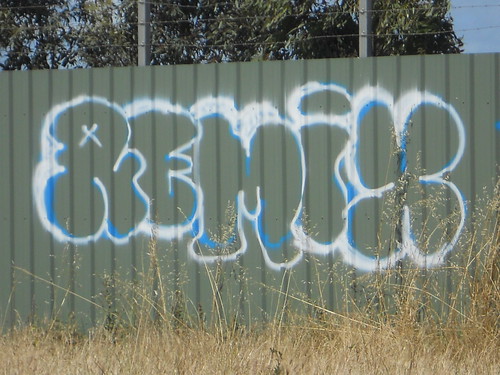
flickr photo shared by mikecogh under a Creative Commons ( BY-SA ) license
Yeah, it’s a fine line in these days of easy access to media and tools that can take an audio file here, turn it into a video file there, and then post it here, there, everywhere. I’ve written about remixing more than a few times here at my blog (see posts) and still struggle with many elements of the concept. I do believe that “art should be set free” but also realize the implications of that statement are neither simple nor, perhaps, always legal.
Karen LaBonte’s blog post for CLMOOC yesterday — Pondering Remix: A #CLMOOC Reflection — raises a lot of questions for me as she explored what it meant to have her own words used for a reciprocation remix project in CLMOOC (she felt honored and then taken aback), and how that experience had her thinking through her teaching lens, too. She ends her piece with this short, but very thoughtful question:
What does it mean to be visible? — Karen LaBonte
Susan Van Gelder, after reading Karen’s post, offered up some of her own wonderings, particularly around the use of photographs and Creative Commons licensing. Her blog post — Remixing — is a great response, or riff off of Karen’s thoughts.
Susan writes:
It made me think about ownership, about using other people’s work with respect and about when it is appropriate and when it is not .
These are exactly the kinds of inquiry and questions that we hope will surface in an experience like CLMOOC. Connected Learning, the underpinning of CLMOOC, allows us to confront these tension points, with its focus on following your own interests, tapping into the larger world, interactions with others, and being very production-centered.
Together, in a place like CLMOOC, maybe we can sort some of the issues out as teachers, and then bring to the classroom for our students to wrestle with. You know, and I know, that many students are “remixing” already with video and audio and image. But are they thinking through what they are doing? In CLMOOC, we’re learning together, and playing together, and reflecting together on how the media landscape is changing, and how writing is being affected.
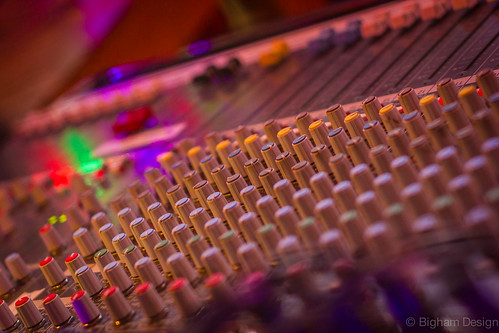
flickr photo shared by bighamdesign under a Creative Commons ( BY-SA ) license
Since both Karen and Susan posed questions, here are a few more that came to my mind:
- If I use someone else’s words for a remix, am I a writer or remixer? Is it writing if the words are not my own? (I prefer: composer)
- If I remix, but fail to give credit, does remix become plagiarism?
- Do I need to ask permission of the writer to remix their work, or does posting writing in digital spaces allow me to assume that work is fair game for remix?
- If I remix, and then post to public spaces, who is the artist at that point? Me, the remixer, or them, the original writer? A collaboration?
- If the writer asks the remixer to stop/halt/remove, does the remixer have an obligation to do so? (legal, moral, etc.)
Sticky issues. I always seem to fall in favor of a more liberal view of remixing. I believe “open” is our best path into the world because it creates an opportunity for generosity and collaboration and understanding of someone else’s views. (But I also recognize it can subvert those very things.)
What do you think?
Peace (World Remix),
Kevin
